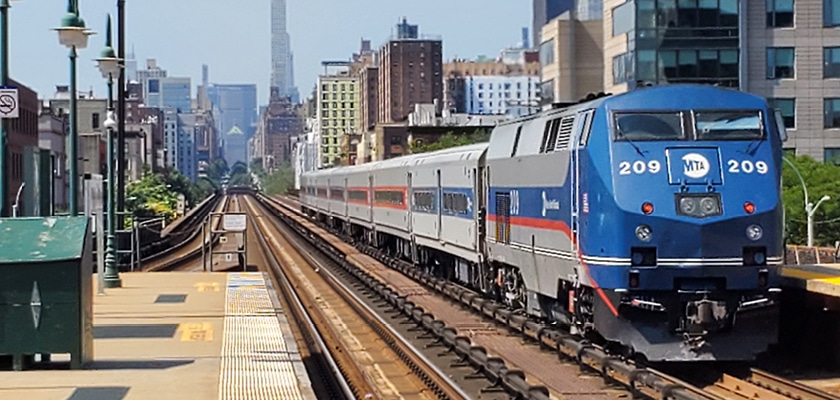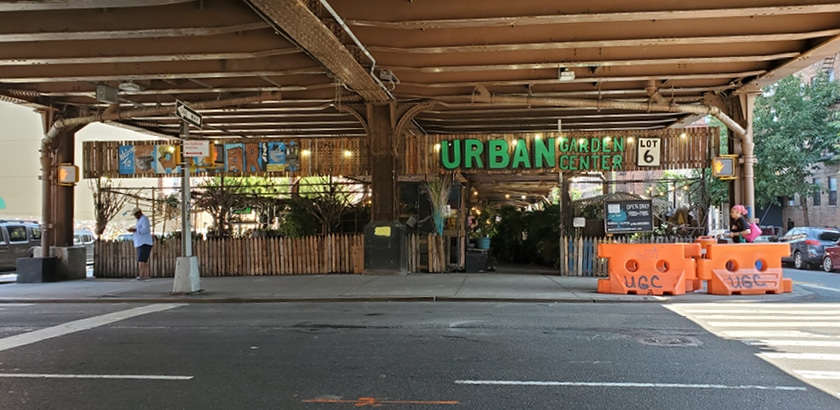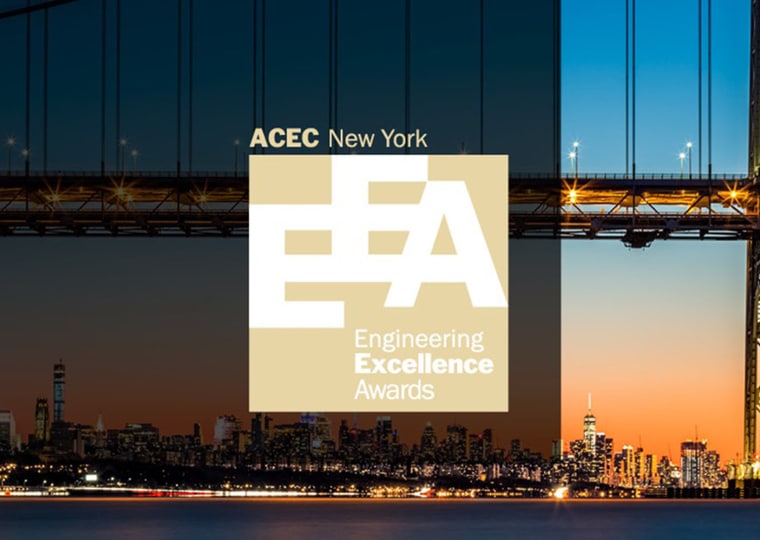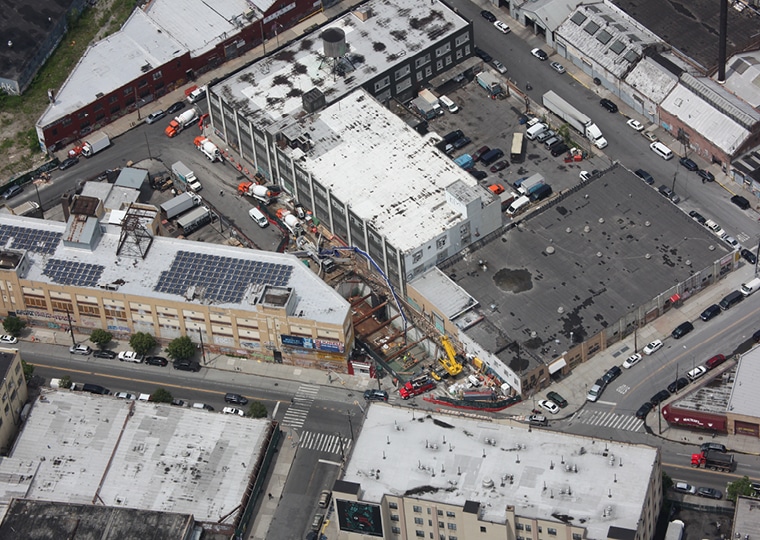
Originally built nearly 130 years ago, the Park Avenue Viaduct, which carries MTA Metro-North Railroad (MNR) commuter rail service between East 115th and East 123rd streets and into Grand Central Terminal, is one of New York’s most crucial pieces of rail infrastructure. Nearly 98% of all MNR trains use the viaduct every day, and the structure’s closure – as evidenced by a fire that took the viaduct out of service in 2016 – has the capacity to catastrophically impact service along one of the region’s busiest commuter rail lines. So, with the structure currently exhibiting significant signs of distress, its expedient rehabilitation and replacement has emerged as a major priority for MNR so the railroad can better and more safely serve the 220,000 commuters (pre-COVID ridership) who pass over the viaduct every day.
With the need to execute on this major initiative as quickly and efficiently as possible at top of mind, MTA Construction & Development (MTA C&D) contracted with STV to lead the environmental review effort – with a shared goal of finding the best path forward for the program that coordinated the reviews in a way that was tailored to both this project and its constituents.
“STV provided the necessary guidance to refine the environmental review and narrow its focus to consequential aspects of the project, particularly construction-related activities,” said Samantha Bromberg, an environmental planner. “We then provided the unified oversight required to seamlessly lead the National Environmental Policy Act (NEPA) effort, together with the Section 4(f) coordination, Section 106 consultation, and targeted public outreach that was partially underway as part of a separate contract.”

To facilitate the Class of Action determination as a Categorical Exclusion, STV’s team was mindful of the fact that NEPA guidance requires special consideration of the project’s location in East Harlem – an Environmental Justice (EJ) community. The community has several cultural cornerstones – including the New York City Economic Development Corporation’s La Marqueta retail market – located directly underneath the viaduct, which meant that the determination of construction phase relocations and temporary uses of lots throughout the project area was a challenge for the team.
As a core connecting link along MNR’s system, the viaduct is vital to the overall health of New York’s transit system. The environmental benefits of the project also make a strong contribution to the region’s sustainability by maintaining public transportation as a reliable means of commuting and other travel. This fact allowed the project team to determine that the planned replacement of the viaduct would benefit all communities that rely on MNR as well the businesses and institutions in the surrounding area.
To address the issue of relocations, STV coordinated with MTA C&D, external real estate personnel, and our team’s real estate experts, BJH Advisors, to properly characterize activities required during the project’s early stages. BJH guided the production of an FTA-required Real Estate Acquisition Management Plan, which set the acquisition process – in this instance, for temporary and permanent easements to accommodate construction and new column and foundation locations.
The required relocation efforts also needed to comply with the Uniform Relocation Assistance and Real Property Acquisition Policies Act (Uniform Act), which requires that the owners of any acquired property, as well as the people who are displaced as a direct result of a federally assisted project, be treated fairly, consistently, and equitably.
For the FTA to consider NEPA to be sufficiently satisfied, the real estate process and mechanisms needed to be clearly underway, with a coherent and transparent proposed means of temporarily relocating tenants throughout the construction period. Because construction would require the temporary relocation of tenants beneath the viaduct, STV coordinated with MNR to develop construction plans, schedules, and sequencing to facilitate efficient construction with minimal community disruption.

“Executing on our plan for the real estate component was key,” Bromberg said. “STV and BJH successfully provided both key technical expertise and high-level management of the parallel NEPA and real estate processes.”
Following the successful completion of the Categorical Exclusion, the viaduct replacement program is now moving forward to start the project in 2023 utilizing the design-build delivery method. STV’s efforts were also recently recognized by the American Council of Engineering Companies New York Chapter’s Engineering Excellence Awards with a Platinum Award.
“This environmental review helps our clients meet their public service obligations and coordinate effectively with communities so that the best engineering solutions are provided in a timely manner,” said Cade Hobbick, AICP, technical director. “We were delighted to have worked on such a crucial infrastructure project to the New York region.






